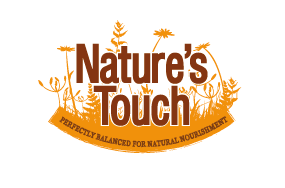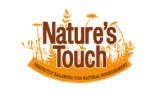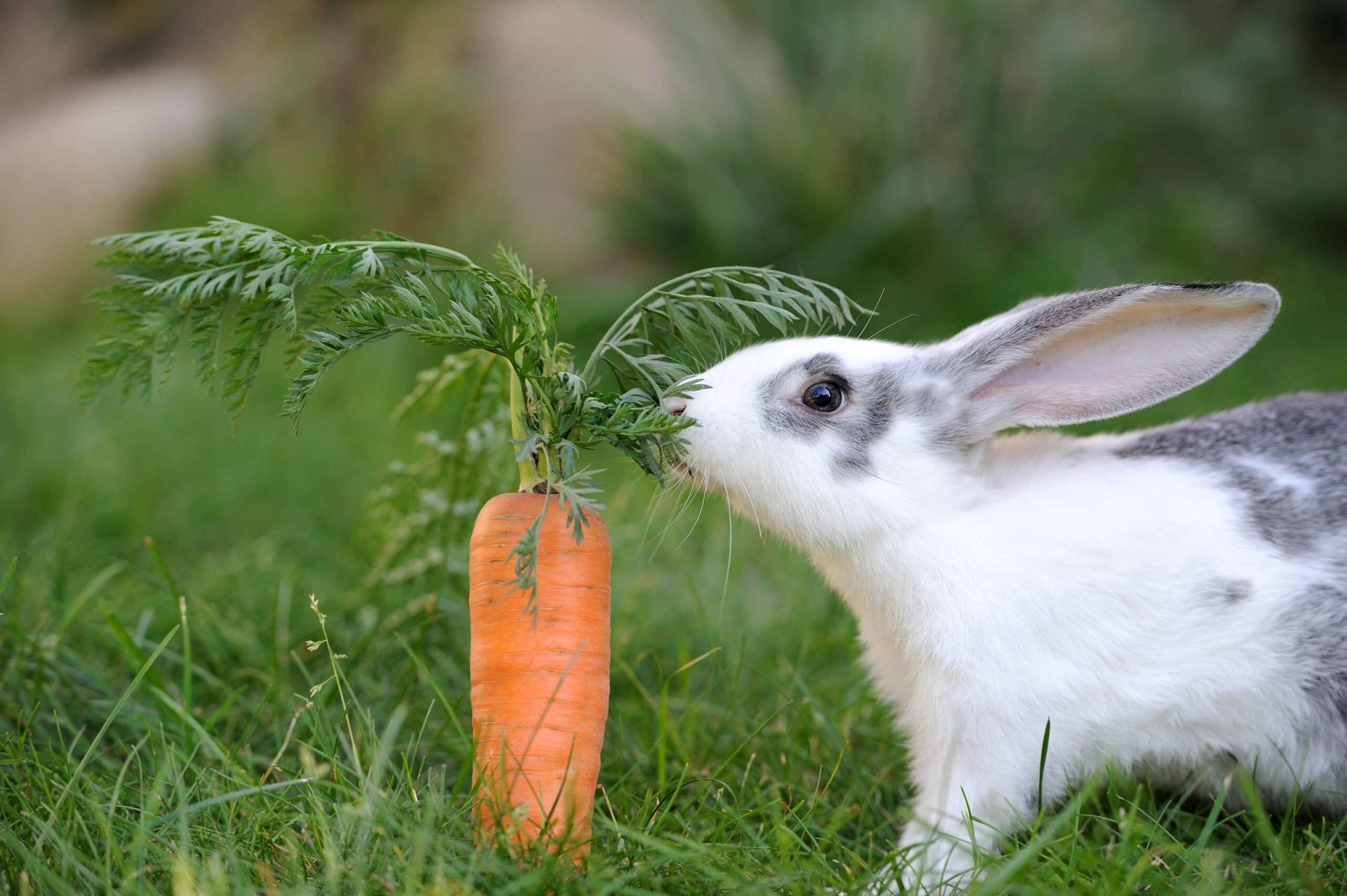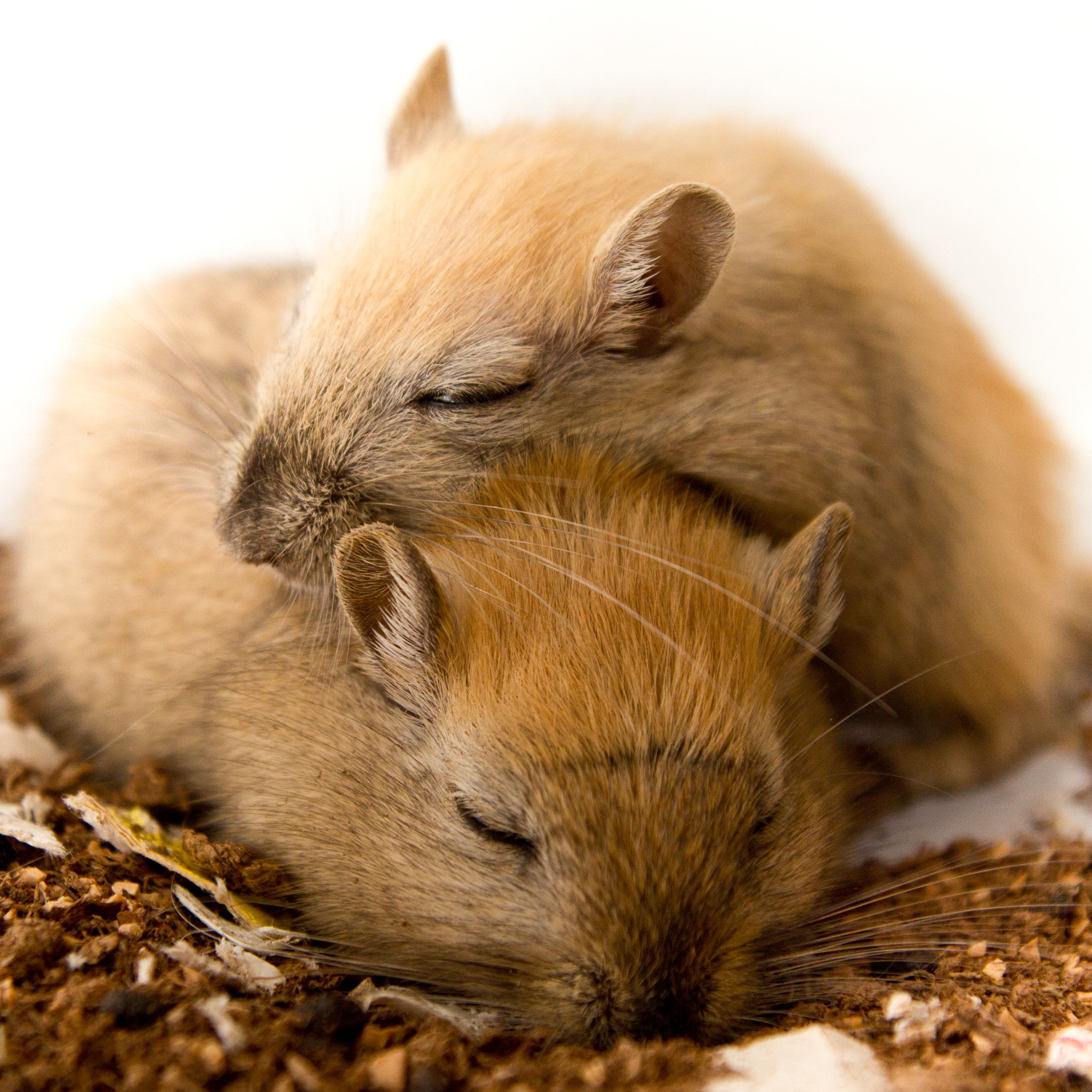In our previous article, we provided some tips on preventing a cold. Today, we’ll explain how to detect and treat it. As a general rule, a cold begins with upper respiratory tract symptoms. This means the first signs in our guinea pigs might be watery or crusty eyes, runny nose, loss of appetite, and eventually difficulty breathing.
What steps should we follow?
The first step will be to place the cage in a location away from drafts, with a temperature between 20 and 22°C.
We’ll make sure to provide our guinea pig with fresh foods rich in vitamin C, such as red and green peppers, oranges… (You can find more details in our previous article).
If our guinea pig has dry mucus and closed eyes due to crusts, we’ll use a gauze soaked in saline solution to clean them. Gently wipe it several times until completely clean.
It’s possible that our guinea pig might also have mucus stuck on its front paws from cleaning itself. In that case, we’ll use the same method to remove them.
And if after a few days there’s no improvement?
If we see that the cold is in an advanced state, we can also add a few drops of Redoxon into the drinking water. We should change the water daily as Vitamin C oxidizes and loses its properties.
In very extreme cases, we can administer the Redoxon directly into the mouth using a syringe.
Beyond these measures, there’s little more we can do. If there’s no improvement, we’ll take the guinea pig to the vet as soon as possible, in case antibiotic treatment is necessary.





